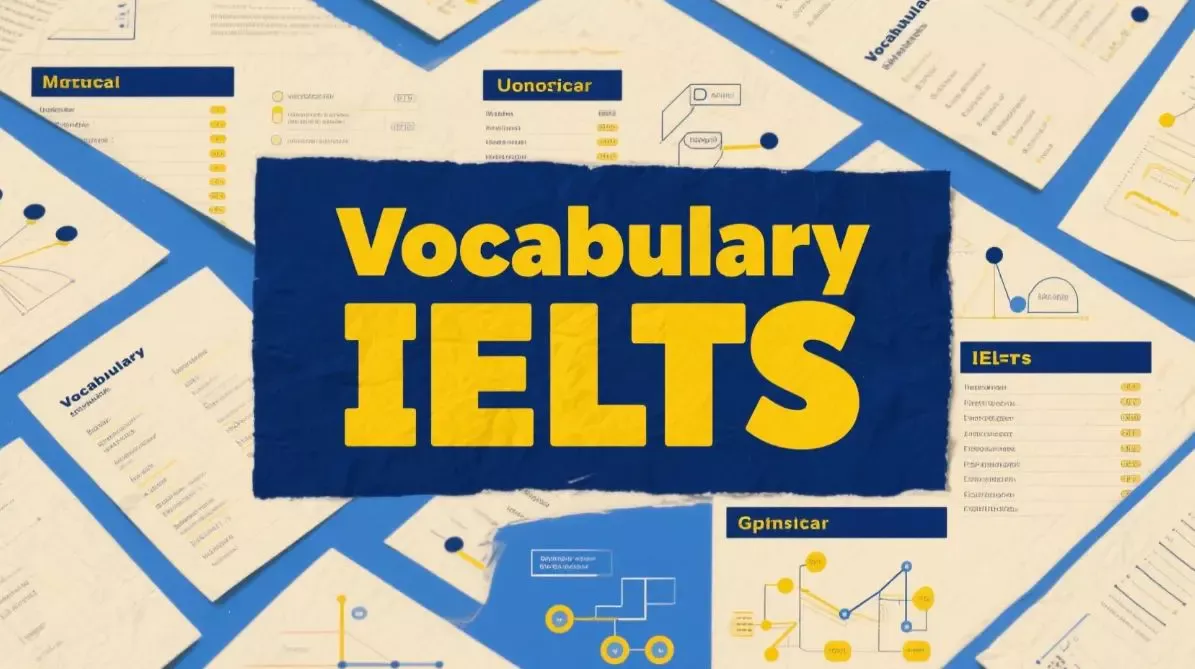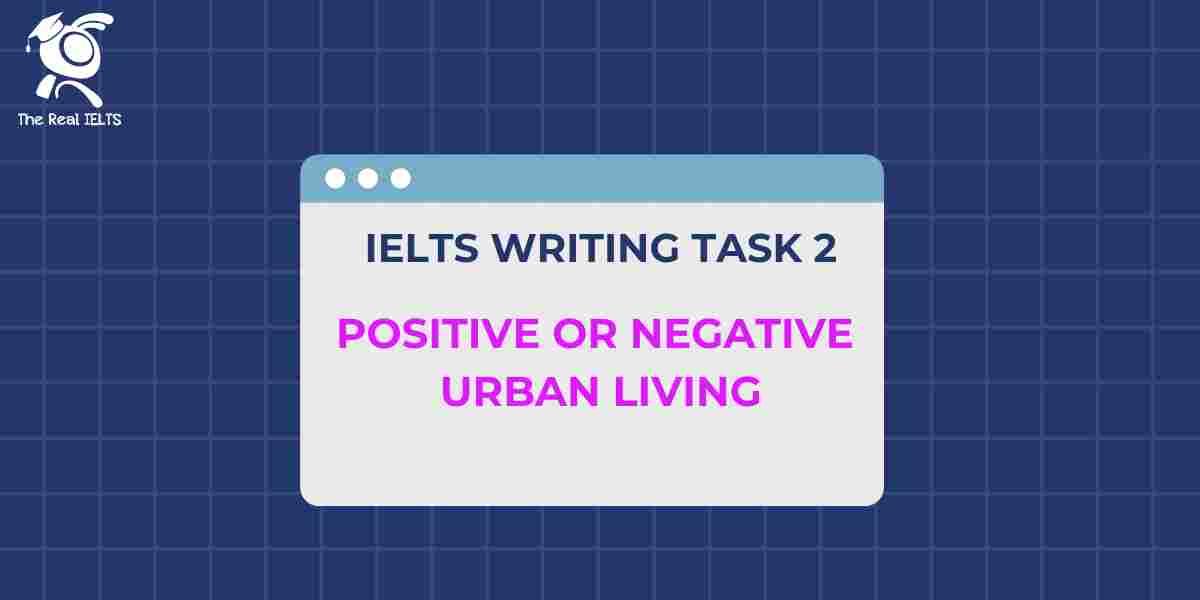Cấu trúc “assuming that” là một cách hiệu quả để nêu rõ các điều kiện giả định trong bài viết IELTS Writing, đặc biệt là trong Task 2 khi bạn cần đưa ra các giả định hoặc các tình huống điều kiện.
Giải thích cấu trúc:
Giới thiệu:
- Giới thiệu chủ đề.
- Đề cập ngắn gọn đến các giải pháp và vai trò của các giả định.
Giải pháp thứ nhất (Tăng mật độ đô thị):
- Trình bày giải pháp.
- Sử dụng “assuming that” để chỉ rõ các điều kiện cần thiết cho sự thành công của giải pháp này.
Giải pháp thứ hai (Phát triển các khu dân cư mới):
- Trình bày giải pháp.
- Sử dụng “assuming that” để chỉ rõ các điều kiện cần thiết cho sự thành công của giải pháp này.
Hỗ trợ thêm (Chính sách của chính phủ):
- Thảo luận về các hỗ trợ bổ sung cho các giải pháp.
- Sử dụng “assuming that” để liên kết các chính sách với hiệu quả của các giải pháp.
Kết luận:
- Tóm tắt các điểm chính.
- Nhấn mạnh tầm quan trọng của các giả định đối với sự thành công của các giải pháp.
Cấu trúc này giúp trình bày rõ ràng các giải pháp trong khi nhấn mạnh các giả định cần được đáp ứng để chúng có hiệu quả.
Ví dụ:
Topic: In many countries, there is a shortage of housing due to the increasing population. Discuss the possible solutions to this problem.
Sample Essay:
The housing shortage is a pressing issue in many countries, exacerbated by rapid population growth. Various solutions have been proposed to address this problem, each with its own set of assumptions and conditions. This essay will discuss two primary solutions: increasing urban density and developing new residential areas, assuming that certain conditions are met.
Firstly, assuming that urban planning regulations are flexible, increasing urban density could be an effective solution. This would involve constructing high-rise apartment buildings and converting unused commercial spaces into residential areas. Assuming that local governments provide the necessary infrastructure and public services, this approach can maximize the use of limited urban land. For example, in cities like Tokyo and New York, high-density living has been successfully implemented, resulting in a significant number of housing units within a limited area. However, it is essential to ensure that these developments include green spaces and community facilities to maintain a high quality of life for residents.
Secondly, developing new residential areas on the outskirts of cities can also alleviate housing shortages, assuming that there is sufficient investment in transportation and infrastructure. By building new towns or expanding existing suburbs, governments can provide affordable housing options for families. This solution assumes that there are adequate public transport links and road networks to connect these new residential areas to urban centers. For instance, cities such as London have developed new towns like Milton Keynes, which offer extensive housing options and are well-connected to the city center by train and road. However, this approach requires careful planning to avoid urban sprawl and ensure sustainable development.
Moreover, assuming that government policies support affordable housing initiatives, both solutions can be more effective. Subsidies for first-time homebuyers, tax incentives for developers, and regulations to control housing prices can make homes more affordable. For example, Singapore’s Housing Development Board (HDB) provides affordable housing through government-subsidized apartments, assuming that citizens meet certain eligibility criteria. This has successfully provided housing for a large proportion of the population, demonstrating the effectiveness of assuming that government intervention can support housing affordability.
In conclusion, the housing shortage can be addressed by increasing urban density and developing new residential areas, assuming that proper urban planning, infrastructure investment, and supportive government policies are in place. By meeting these conditions, cities can provide adequate and affordable housing for their growing populations.















